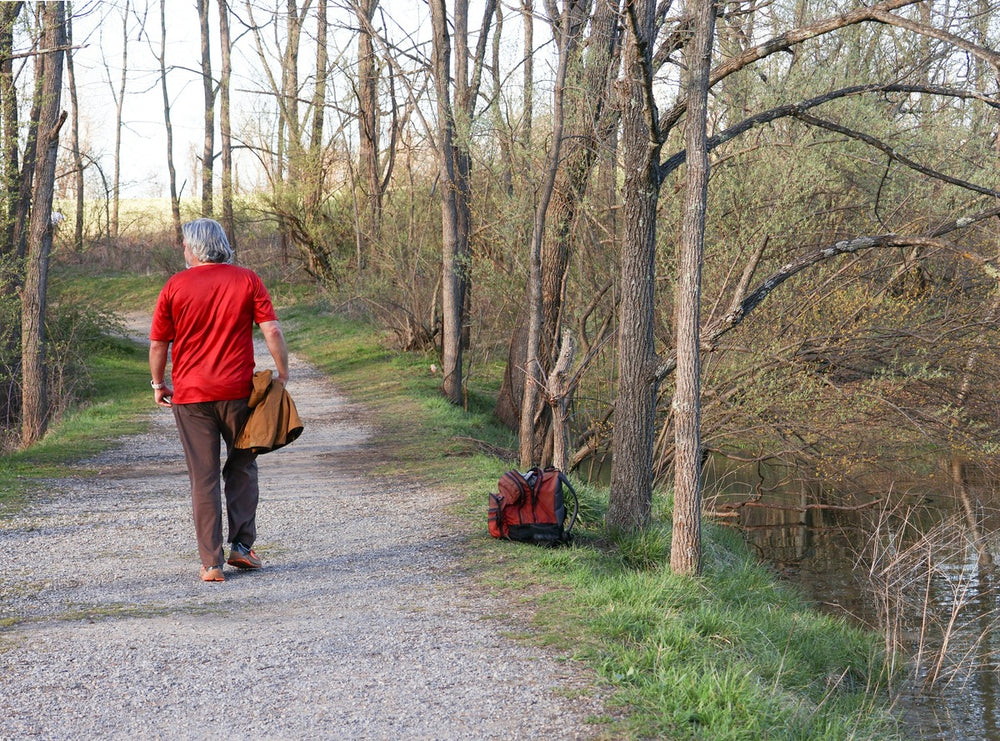Here's What to Do After an Elderly Person Falls


Posted by:
Johannes Sauer
Reviewed by:
Updated at: December 17, 2024
CHECK OUT THE LATEST IN ADAPTIVE FOOTWEAR...
FAQ
What should I do first if an elderly person falls?
How can I tell if an elderly person is seriously injured after a fall?
What should I do if the person who fell is unresponsive or not breathing?
How can I help an elderly person get up safely after a fall?
What if the person who fell is on blood thinners?
Should I still seek medical attention even if there are no obvious injuries?


![[color: white] Original Women's Adaptive Shoe](http://cadense.com/cdn/shop/files/Womens-WHT-T1-LG.jpg?crop=center&height=300&v=1765381322&width=300)
![[color: black] Original Men's Adaptive Shoe](http://cadense.com/cdn/shop/files/Mens-BLK-T1-LG.jpg?crop=center&height=300&v=1765338442&width=300)





